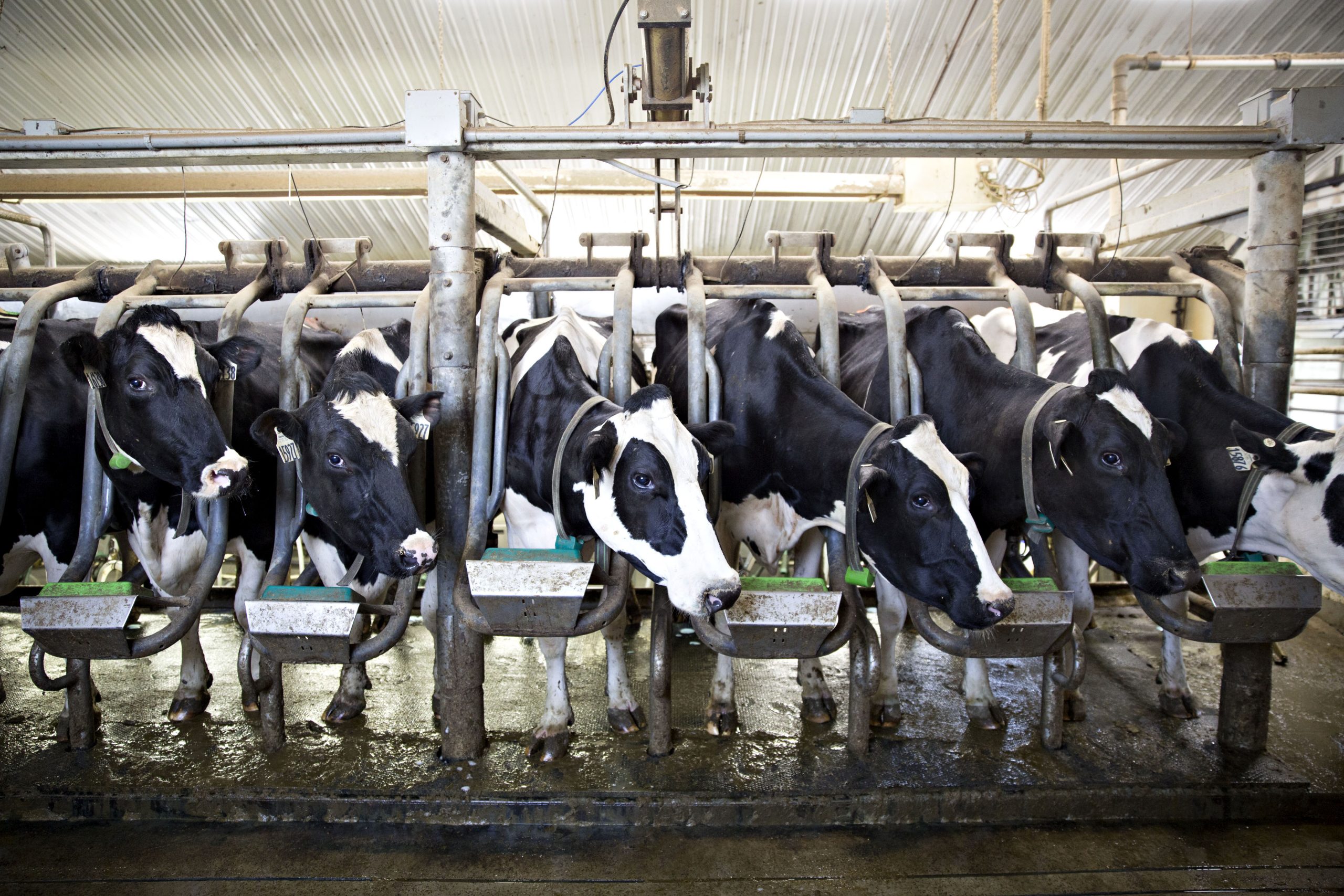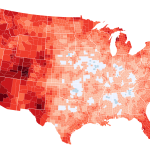Tragedy Underscores Hidden Dangers in Dairy Farming
The idyllic image of a dairy farm, often conjured up in advertising and popular culture, stands in stark contrast to the harsh realities faced by workers in the industry. Last week’s tragic death of six individuals – five adults and a teenager – at a Colorado dairy farm, 45 miles northeast of Denver, serves as a brutal reminder of the inherent dangers present in this seemingly pastoral setting. Preliminary investigations indicate the victims perished from exposure to toxic gases emanating from a manure pit, highlighting a significant, yet often overlooked, hazard within the dairy sector. The incident underscores the urgent need for enhanced safety protocols and greater transparency surrounding workplace risks in this often-underreported area of agricultural labor.
Deadly Gases and Inadequate Safety Measures
Local authorities have confirmed the cause of death as “gas exposure in a confined space,” with cow manure identified as the source of the lethal gases. While specific details remain scarce pending a full investigation, early reports suggest a contractor working on an underground manure pit may have inadvertently activated a valve or pump, releasing a deadly concentration of gases. These gases, primarily methane and hydrogen sulfide, are highly toxic and can quickly overcome individuals in enclosed spaces. The incident raises serious questions about the adequacy of safety protocols and training programs implemented at the Colorado dairy farm and across the industry as a whole. The absence of readily available information surrounding the incident further fuels concerns about a lack of transparency and accountability within the sector.
The High-Risk Nature of Dairy Farm Labor
The dairy industry, far from being a quaint and bucolic pursuit, presents workers with a complex web of potentially fatal hazards. Beyond the risk of manure gas exposure, workers are routinely exposed to heavy machinery, potentially aggressive livestock, and the constant strain of physically demanding labor. The sheer volume of manure produced by large-scale dairy operations creates a significant environmental and health challenge. The lack of stringent regulations and enforcement, coupled with the often-precarious employment situations faced by dairy farm workers, can lead to a dangerous disregard for worker safety. The death of four members of an extended family, including a father and two sons, amplifies the devastating human cost of these workplace failures. This tragedy serves as a potent illustration of the systemic issues within the industry, prompting calls for increased scrutiny and reform.
Moving Forward: A Call for Greater Safety and Accountability
The deaths at the Colorado dairy farm demand immediate action. A thorough investigation is crucial to determine the precise sequence of events that led to the tragedy, identify any shortcomings in safety protocols, and hold accountable those responsible. Beyond this specific case, the incident compels a broader examination of workplace safety practices across the dairy industry. This includes improving training programs for workers and contractors, strengthening regulatory oversight, and implementing more robust safety measures to mitigate the risks associated with manure handling and confined spaces. The tragic loss of six lives should serve as a catalyst for significant change, ensuring that the often-invisible dangers faced by dairy farm workers are finally addressed with the urgency and attention they deserve. The industry, regulators, and policymakers must collaborate to create a safer working environment, protecting the lives and well-being of those who contribute to our food supply.
Based on materials: Vox





